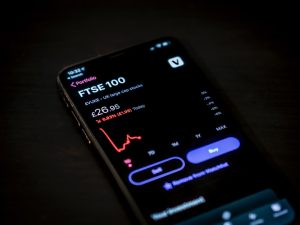Forex traders often use technical analysis to identify potential price movements and make trading decisions. Support and resistance levels are two key concepts in technical analysis that are used to identify potential trading opportunities in the forex market. Support and resistance levels are important because they represent price levels where the market has previously reversed or stalled. In this article, we will explain how to identify support and resistance levels in forex.
What are support and resistance levels?
Support and resistance levels are price levels where the market has previously reversed or stalled. Support levels are price levels where the market has previously found buying interest and reversed higher. Resistance levels are price levels where the market has previously found selling interest and reversed lower. These levels can be identified by looking at historical price charts and identifying areas where the market has previously reversed.
How to identify support and resistance levels?
There are several methods that traders use to identify support and resistance levels in forex. Some of the most popular methods are:
1. Historical price levels: One of the simplest ways to identify support and resistance levels is to look at historical price levels. These levels can be identified by looking at previous highs and lows on the price chart. Traders can use these levels as potential areas where the market may reverse.
2. Moving averages: Moving averages are another popular tool used by traders to identify support and resistance levels. A moving average is a line on the price chart that averages out the price over a certain period of time. Traders often use the 50-day and 200-day moving averages to identify potential support and resistance levels.
3. Fibonacci retracements: Fibonacci retracements are a popular tool used by traders to identify potential support and resistance levels. Fibonacci retracements use mathematical ratios to identify potential levels where the market may reverse. Traders can use Fibonacci retracements to identify potential support and resistance levels.
4. Pivot points: Pivot points are another popular tool used by traders to identify potential support and resistance levels. Pivot points use mathematical calculations to identify potential levels where the market may reverse. Traders can use pivot points to identify potential support and resistance levels.
5. Trendlines: Trendlines are lines on the price chart that connect two or more price points. Traders often use trendlines to identify potential support and resistance levels. Trendlines can be drawn on the price chart to identify potential areas where the market may reverse.
Conclusion
Support and resistance levels are important concepts in technical analysis that are used to identify potential trading opportunities in the forex market. Traders use various tools and methods to identify support and resistance levels, including historical price levels, moving averages, Fibonacci retracements, pivot points, and trendlines. By identifying potential support and resistance levels, traders can make informed trading decisions and improve their chances of success in the forex market.






